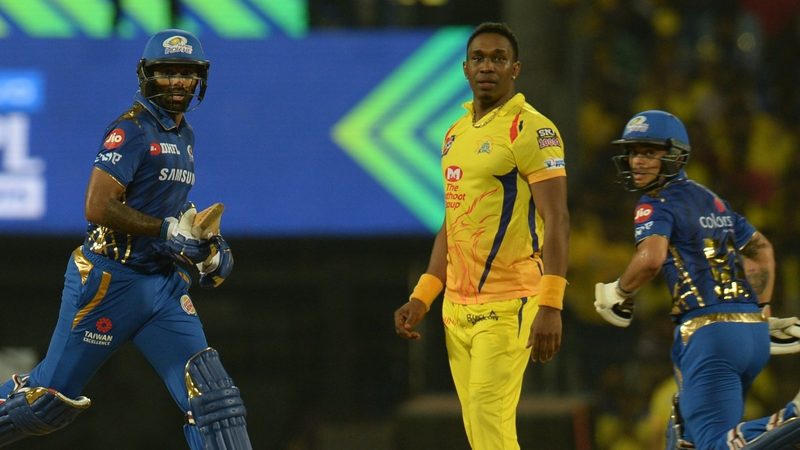
Chennai did just about everything right in the Indian T20 League 2019 finals. They might have faltered in the end by one run, but their match-ups were nearly spot on and they thwarted the plan Mumbai had hatched and executed supremely well in the three games prior to that in the season.
If you are watching a Chennai-Mumbai game, watch out for these tactics from Mumbai.
- A left-hander coming in if a wicket falls late in the powerplay or immediately after it - this is to counter Imran Tahir and Ravindra Jadeja, both of whom turn the ball into the left-handers.
- This is one reason why Ishan Kishan will likely play at No. 4 in the first game of the 2020 season tomorrow.
- If Kishan isn't playing, Krunal usually comes in at No. 4.
- If Kishan is playing and is dismissed soon, Krunal walks in ahead of Pollard and Hardik Pandya at No. 5.
- With the ball, they use just one over from Bumrah up front in the powerplay and even toss the ball to Hardik sometimes in the first six overs, knowing Chennai don't take many risks early on.
- Krunal likely takes the new ball unless they feel the pitch is fresh enough to throw both Trent Boult and Bumrah in early to counter Chennai with pace. Effectively, Mumbai go all out in attack in the first six overs with the ball against Chennai.
- With the bat, they don't take too many risks early on. Last season, their powerplay scores in the four games were 40, 45, 44 and 45, never losing more than two wickets.
- They hold on to Pollard and Hardik to potentially maximise the death overs against Bravo, Chahar and Thakur. Last year, Hardik hit 40 runs off Bravo's 17 balls. Pollard made 25 in 14 balls.
Chennai countered all of these plans in the finals. They picked up two wickets in the first six overs. They didn't bowl Tahir or Jadeja until after the first 10 overs to give no free runs to Kishan and Krunal.
They used Jadeja and Tahir to Hardik and Pollard before Deepak Chahar bowled slower ones and knuckle balls in the 19th over. Just 29 runs were made in the last three overs, significantly low compared to the 51 made in the first encounter between these teams in the tournament last year.
With the ball, they had Krunal, Malinga, Bumrah and McCleneghan all in attack in the first six overs, but Chennai still made 53. They bounced out Raina and used Chahar and his tricky googlies to keep a leash on the left-hander before a skidder had him trapped in front.
They had Bumrah and Chahar on against Dhoni to attack him, but he was run-out and if not for it, Chennai might have walked through to a win.
In short, Chennai had decided Mumbai's plans by the finals last year after three successive losses. Yet, they seem undercooked for this year primarily because Harbhajan Singh is out of the season and Chennai have no frontline spinner turning the ball away from the Mumbai lefties.
This makes Kishan and Krunal once again critical to the MI line-up alongside Quinton de Kock at the top of the order, who was silenced by Harbhajan - and Deepak Chahar - in the powerplay last year. Stopping the Mumbai lefties could be key to Chennai's success. Perhaps throw a spanner into the works by giving Kedar Jadhav a spell?
Mumbai, on the other hand, are extremely well equipped to handle Chennai's line-up. Last year, in the qualifier on a slow wicket in Chepauk, they brought in Jayant Yadav, the off-spinner, to counter Raina the leftie. Yadav dismissed him too.
This year, with no Raina, Chennai's top-order is more or less right-hand heavy unless Dhoni decides to bring in Mitchell Santner, Ravindra Jadeja or Sam Curran into the top five to counter Mumbai's leg-spinners and left-arm spinners.
If the pitch appears slow, expect them to play Anukul Roy alongside Rahul Chahar and Krunal Pandya. Trent Boult will likely start too to counter Shane Watson's incoming deliveries but it will be Mumbai's spinners - and their battle with the Chennai right-handers - that will likely decide the outcome of the first game of the 2020 edition of the Indian T20 League.
Feature image courtesy: AFP / Arun Sankar



























